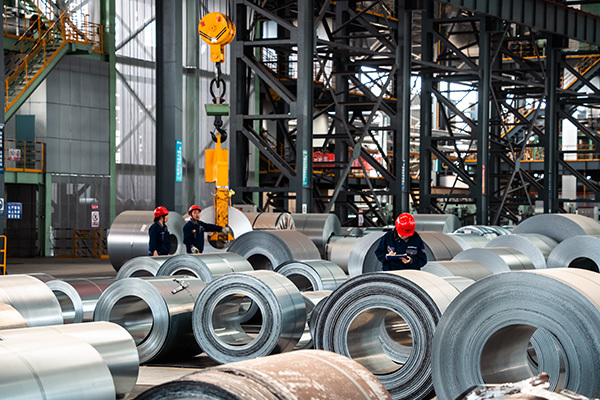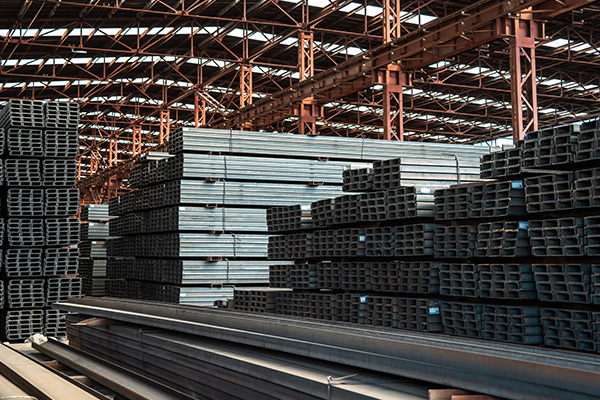Understanding Checkered Steel Coil/Plate: A Versatile Solution for Construction and Design
The manufacturing process of checkered steel involves rolling the steel into sheets or coils, followed by the application of the checkered pattern. This process can be achieved using various types of steel, including mild steel, stainless steel, and aluminum, allowing for versatile applications across different environments. Each type of steel has its own set of properties, making it suitable for specific applications in construction and design.
In the construction industry, checkered steel coil/plate is widely utilized for its durability and strength. It can withstand heavy loads and is resistant to wear and tear, making it an excellent choice for flooring, platforms, and stair treads. Its ability to resist corrosion, especially when coated or treated, ensures a long-lasting performance in outdoor and industrial settings.
In addition to its structural benefits, checkered steel also provides aesthetic appeal. The patterned surface can create a modern and industrial look, which is increasingly popular in contemporary architecture and interior design. When used in design applications, it can enhance the visual interest of various elements, from furniture to decorative features in residential and commercial spaces.
Moreover, checkered steel coil/plate is easy to cut, shape, and install, making it a convenient option for contractors and builders. Its lightweight nature, compared to solid steel plates, further simplifies handling and installation, reducing labor costs and time.
Safety is another crucial aspect where checkered steel excels. The raised pattern significantly improves grip, reducing the risk of slips and falls in high-traffic areas. This makes it a preferred material in sectors such as transportation, warehousing, and manufacturing, where safety standards are paramount.
In summary, checkered steel coil/plate is a highly versatile material that combines functionality, durability, and aesthetic appeal. Whether used in construction, industrial applications, or decorative projects, its unique properties make it an invaluable asset in the building and decorative materials industry. Understanding the benefits and applications of this material can help architects, builders, and designers make informed decisions for their projects, ensuring safety and quality in their constructions.
RELATED INFORMATION
Why Corrugated Steel Roofing is so Popular
2025-04-02
Rebar prices are expected to continue the trend of wide range oscillation
2025-04-02
Japan's steel exports fell 1.1% year-on-year in September 2024
2025-04-02






